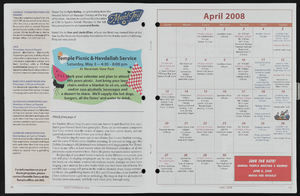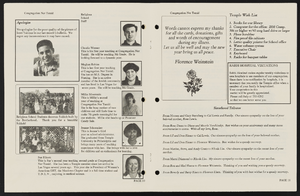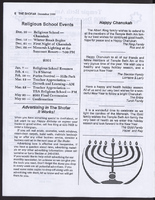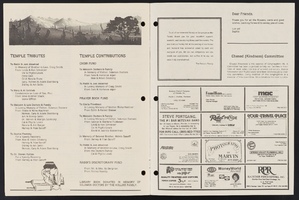Search the Special Collections and Archives Portal
Search Results
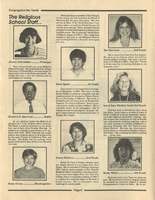
Newsletter from Congregation Ner Tamid, October 1991
Date
1991-10
Archival Collection
Description
Newsletter from Congregation Ner Tamid, October 1991
Text
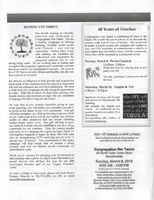
Newsletter from Congregation Ner Tamid, March 2015
Date
2015-03
Archival Collection
Description
Newsletter from Congregation Ner Tamid, March 2015
Text
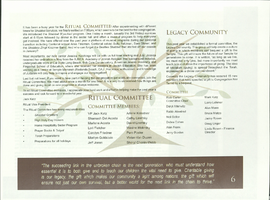
Annual report from Congregation Ner Tamid, 2013-2014
Date
2013 to 2014
Archival Collection
Description
Annual report from Congregation Ner Tamid, 2013-2014
Text
Pagination
Refine my results
Content Type
Creator or Contributor
Subject
Archival Collection
Digital Project
Resource Type
Year
Material Type
Place
Language
Records Classification

